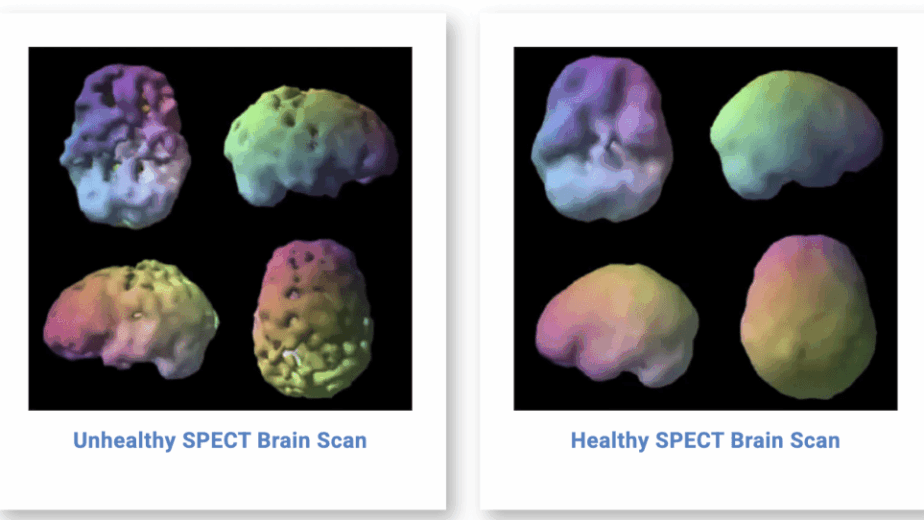Ketamine Therapy: What You Need to Know
As a clinical social worker, I have worked with and studied many therapeutic interventions to assist my clients with their mental health challenges. I began learning about ketamine when a long-time friend decided to try it. Within two weeks, I began to see signs of my friend’s transformation—and that piqued my interest.
I began researching ketamine, attended specialized training, connected with others who had undergone the process, and spoke with clinicians providing ketamine treatment.
What Is Ketamine-Assisted Psychotherapy (KAP)?
Ketamine-assisted psychotherapy (KAP) combines the administration of ketamine with psychotherapeutic support. In some cases, it offers rapid relief for people with severe mental health conditions, including:
- Treatment-resistant depression
- PTSD (Post-Traumatic Stress Disorder)
- Anxiety disorders
This approach has gained significant attention for its potential to improve mood and cognition quickly, setting it apart from traditional antidepressants.
Learn more about ketamine therapy for depression.
Understanding Ketamine: A Dual-Purpose Medication
Originally used for anesthesia and pain management, ketamine is now recognized as a potentially fast-acting antidepressant. It works by influencing critical neurotransmitter systems, such as:
- Glutamate – enhances neuroplasticity
- Serotonin – boosts mood and emotional regulation
Visit our ketamine treatment FAQ page to explore how ketamine works in the brain.
The Ketamine Therapy Process
The KAP process typically includes:
- Initial Evaluation – Assess mental health history and treatment goals
- Preparation Sessions – Set intentions and build therapeutic trust
- Dosing Sessions – Ketamine is administered in a supervised clinical environment
- Integration Therapy – Work with your therapist to process and reflect on your experience
During the dosing session:
- A therapist may be present to observe, assist, and help remember key moments.
However, the deeper therapeutic work happens afterward—during integration. That’s when clients begin to unpack what came up and find personal meaning. The goal is to weave the session’s insights into real-life transformation.
Considering therapy support? Learn about our ketamine integration services.
Potential Benefits of Ketamine Therapy
Some of the most reported benefits include:
- Rapid symptom relief from depression, anxiety, and PTSD
- Increased self-awareness
- Improved emotional resilience
- Deeper insight into behavioral patterns and trauma
Important Considerations & Risks
While ketamine therapy is promising, it’s important to be aware of the following:
Potential Risks:
- Short-term side effects (e.g., dizziness, nausea, dissociation)
- Possibility of misuse (significantly reduced in clinical, supervised settings)
Things to Consider Before Starting:
- Ideal for individuals with treatment-resistant conditions
- Requires collaboration between your therapist and ketamine provider
- Psychotherapy sessions may be covered by insurance
- Ketamine dosing sessions are typically out-of-pocket
Final Thoughts from a Therapist’s Perspective
As a therapist, I’ve seen many mental health interventions come and go. Each one—including ketamine therapy—has its own risks and benefits.
The most important thing you can do is research your options thoroughly, including:
- Finding a qualified and licensed ketamine provider
- Working with a therapist experienced in integration
- Aligning treatment with your personal values and goals
Ready to explore ketamine treatment? Contact Lone Star Infusion today to schedule a consultation.



